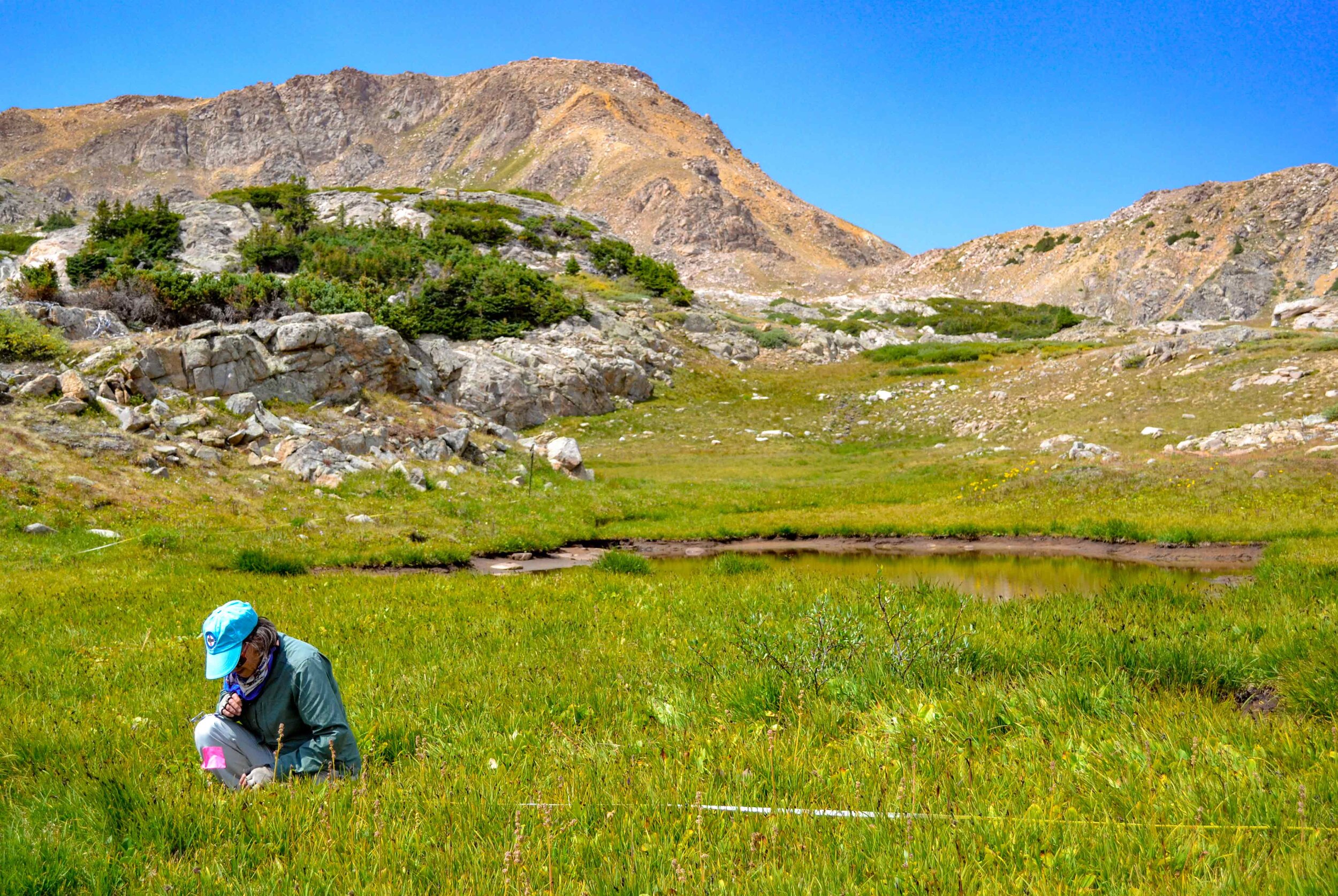WBI Study Updates
The Roaring Fork Watershed Biodiversity and Connectivity Study is complete! And it is available to the community.
WBI Executive Director Tom Cardamone recently sat down with Eleanor Bennett of Aspen Public Radio to share an update on the Study. Listen here…
This is my third report to you on the progress of the Roaring Fork Watershed Biodiversity and Connectivity Study. Starting in December 2021, and continuing into January 2022, the many-layered GIS (Geographic Information Systems) maps which constitute the core deliverables of the Study, are being “test driven” by the agencies and organizations of the Science Team.
This is the second in a series of reports on the progress of the Roaring Fork Watershed Biodiversity and Connectivity Study. Initiated in December 2018 by the non-profit Watershed Biodiversity Initiative, the Study will conclude this December 2021.
We are a group of dedicated community members who share a passion for enriching the ecological vitality of the Roaring Fork Watershed.
I believe we share an interest in wildlife and concern over declining elk, deer, and bighorn sheep numbers in our watershed. You may also be concerned about dramatic documented losses among birds and insects, other elements of our native plant and animal life that are essential to a healthy environment.
Scientists from the Colorado Natural Heritage Program completed their second of three field seasons last week. While the 2019 field season focused on private lands and lower elevation ecosystems, the 2020 field season focused on higher elevation subalpine and alpine habitats.
Following the initial 2019 field sampling season and subsequent data analysis, scientists with the Colorado Natural Heritage Program (CNHP) have produced a scientifically robust Study Design that has been thoroughly reviewed, vetted, and accepted by WBI and the Science Team.
Scientists from the Colorado Natural Heritage Program are hard at work crunching data from the 2019 field season and developing methodologies to extrapolate that data (collected from 100 plots over 100 person-hours thus far) across the watershed as a whole to identify areas of high quality habitat for mule deer, elk, and bighorn sheep.
The scientists from the Colorado Natural Heritage Program (CNHP) have completed their first field season of data collection for WBI’s Biodiversity and Habitat Connectivity Study. In total the team surveyed 100 plots over 100 person-days.











